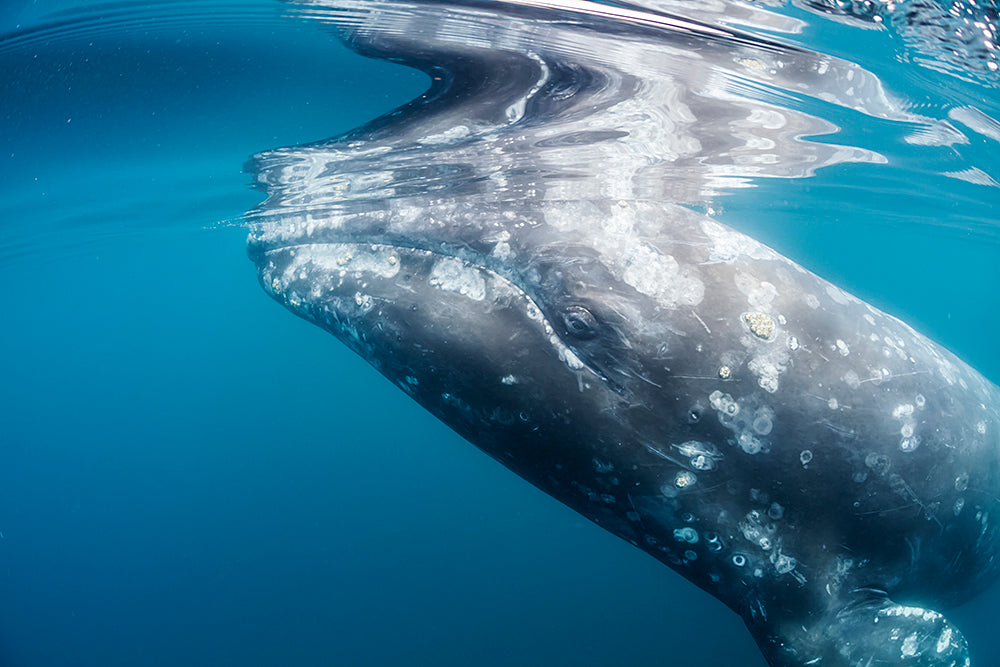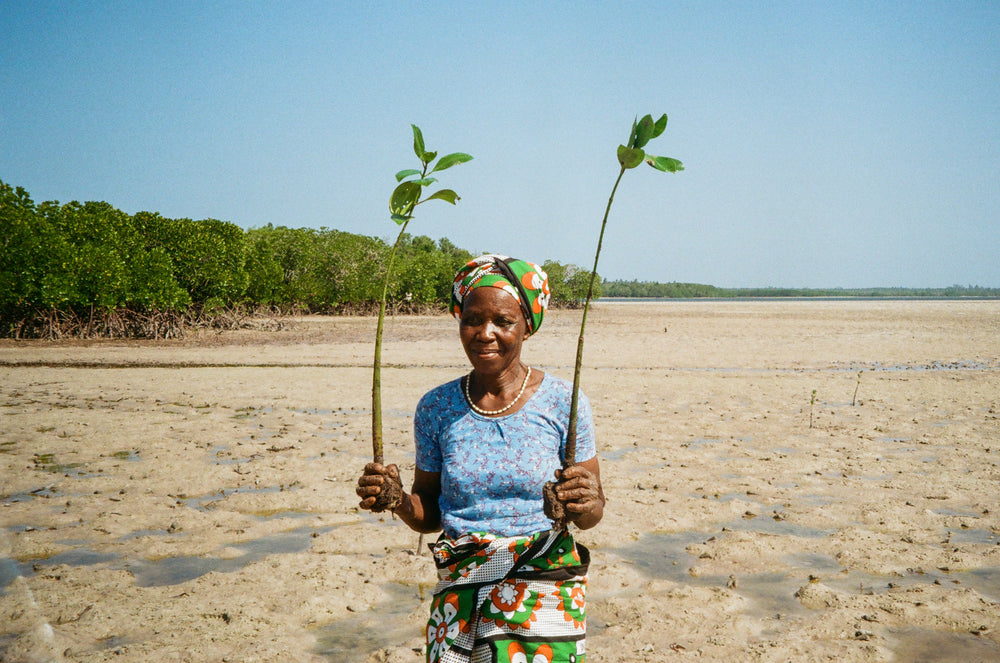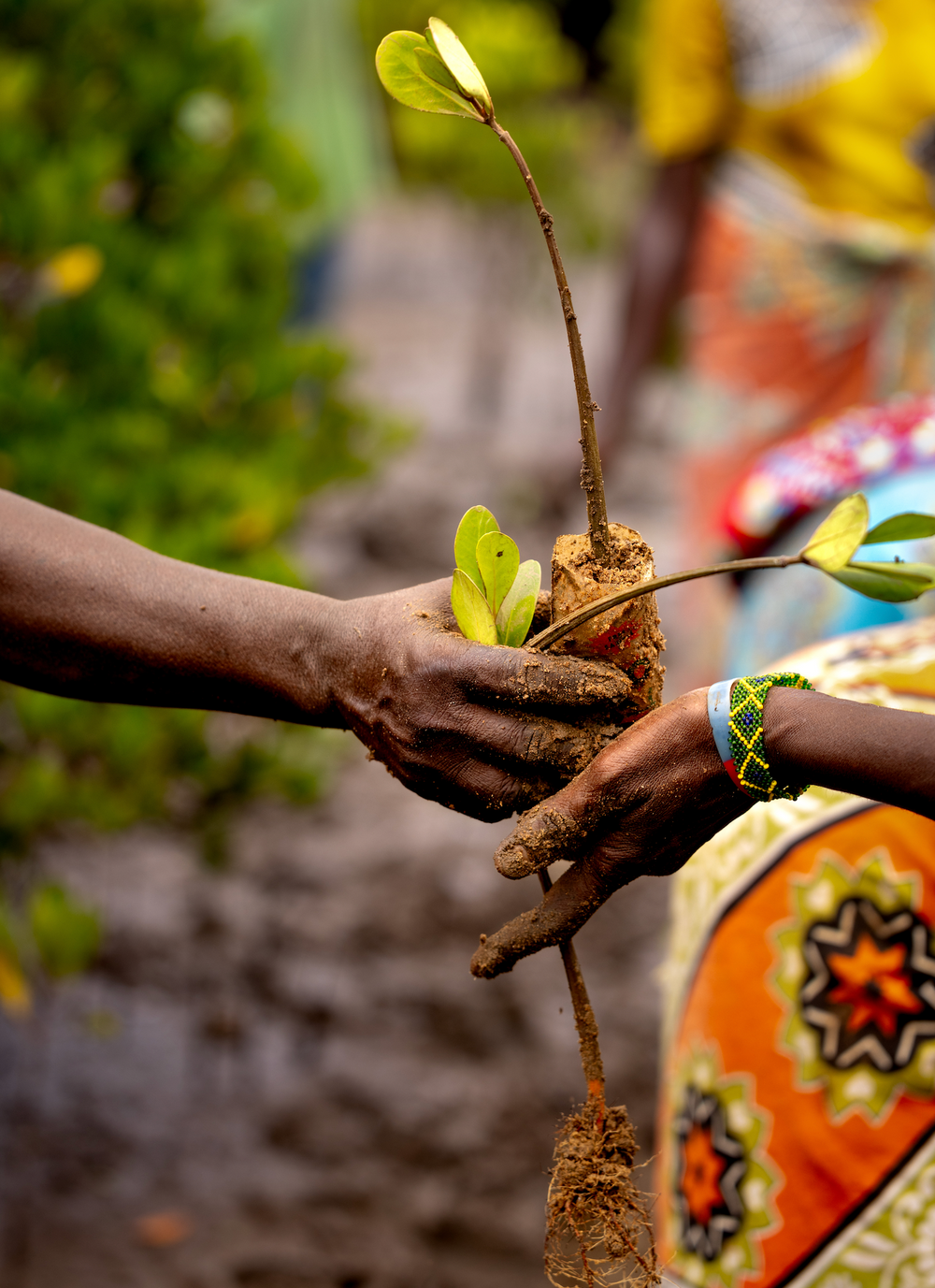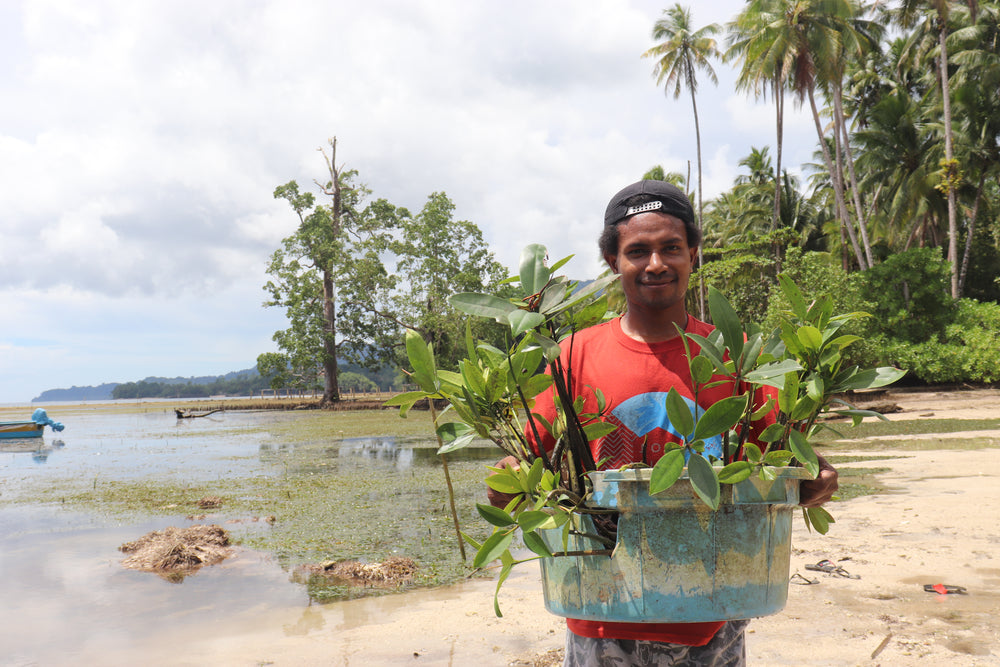Why Mangroves Matter
Mangroves are unique coastal forests that serve as critical buffers against storm surges and erosion. They provide habitat for diverse wildlife and are among the most carbon-rich ecosystems globally, playing a significant role in climate regulation.
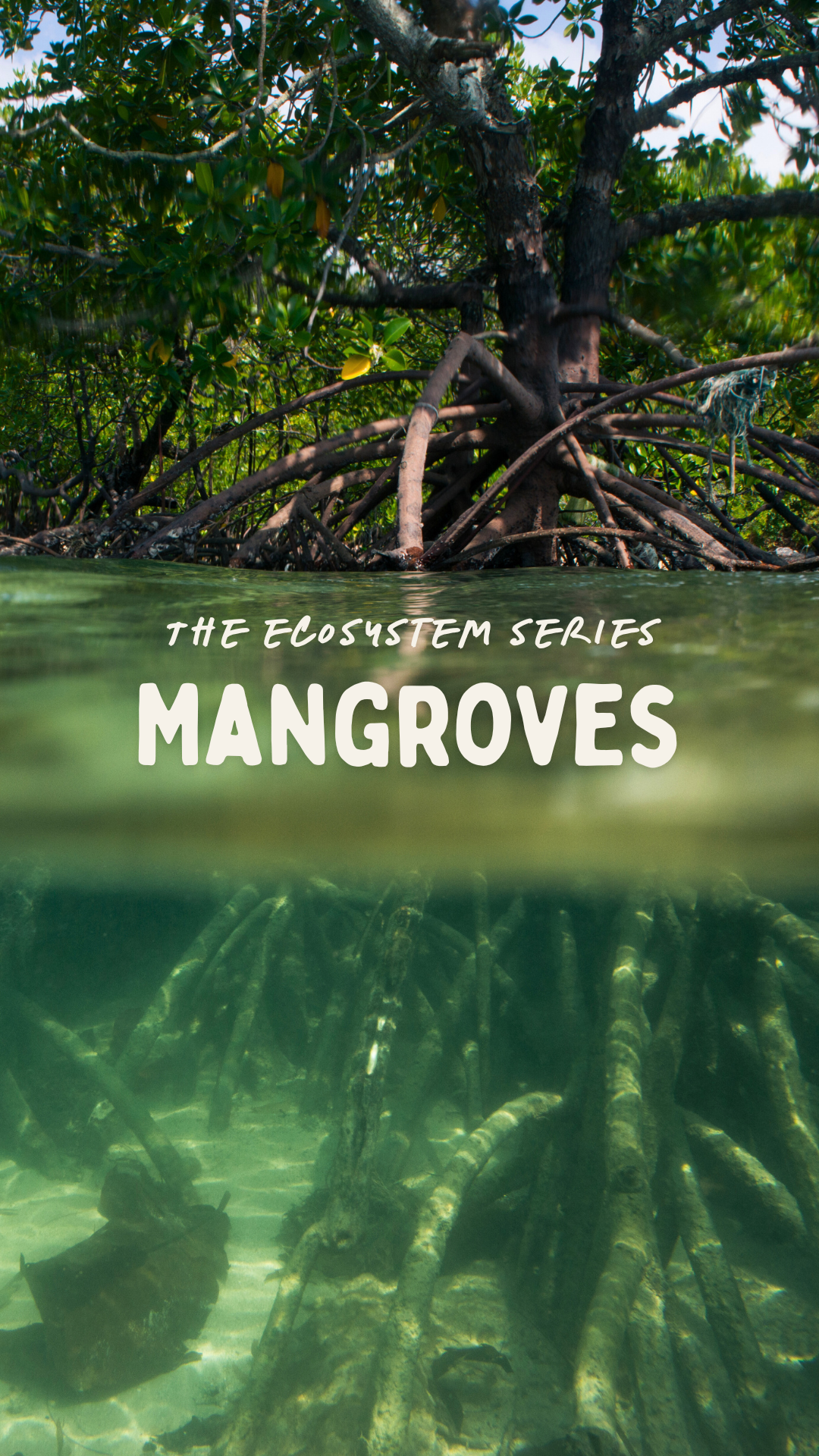
Did you know we need Mangroves?
Mangroves are a bridge between land and sea, they even protect shorelines from flooding and natural disasters!
Mangroves benefit the Earth in many ways…
- Mangroves are a nursery for thousands of species above and below the surface
- Mangroves hold our coastlines and protect them from erosion
- Mangroves are powerful carbon sinks. They absorb CO₂ and store it in their roots and waterlogged soil, where low oxygen slows decomposition. This allows carbon to remain trapped for centuries—a process known as blue carbon storage.

Carbon Sequestration
Mangrove forests store an average of 1,023 metric tons of carbon per hectare, making them some of the most carbon-rich forests in the tropics.
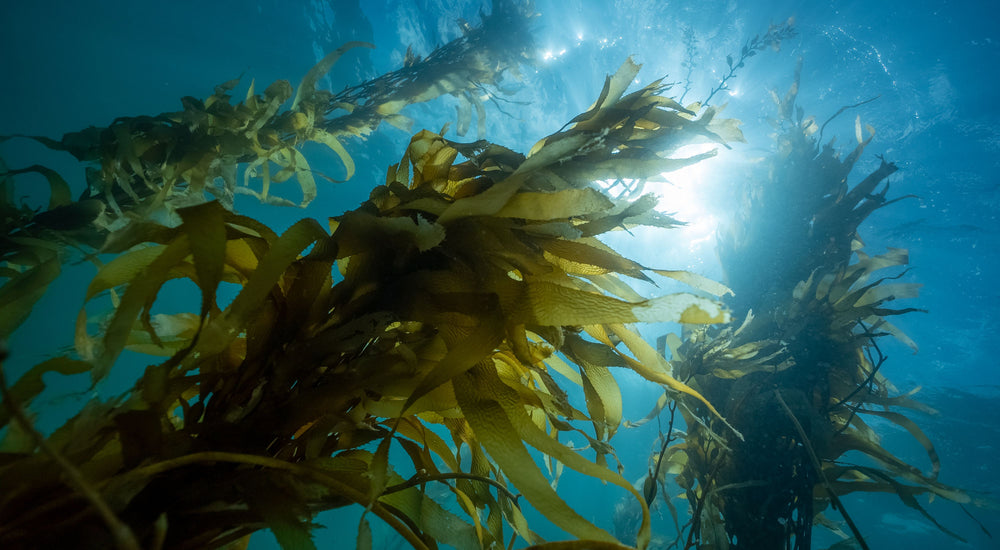
Biodiversity
Mangrove ecosystems support a wide range of species, including fish, turtles, crustaceans, and birds, many of which are commercially and ecologically important.

Coastal Protection
Mangroves reduce wave heights by up to 66%, offering natural defense against coastal erosion and storm surges.

Pollution Filtration
Their root systems trap nitrates, phosphates, and sediments flowing from land before they reach sensitive marine habitats.
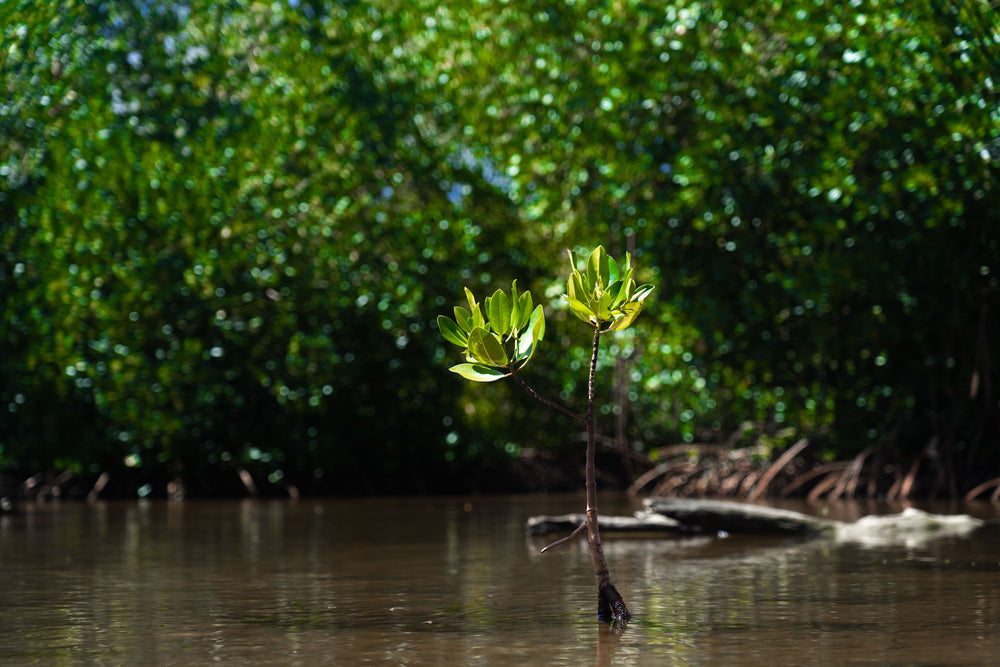
Species Diversity
There are about 80 described mangrove species, with approximately 60 considered “true mangroves” adapted to intertidal life.

Area Extent
Mangrove forests stretch across roughly 137,600 km², spanning 118 countries, with 75% of the global stock located in just 15 countries.
Located along tropical coastlines, mangroves act as natural fortresses, protecting coastal communities by stabilizing shorelines, preventing erosion, reducing storm surge impacts, and buffering against rising sea levels.
Their intricate root systems filter pollutants like nitrates and phosphates, improving water quality before it flows into the ocean.








